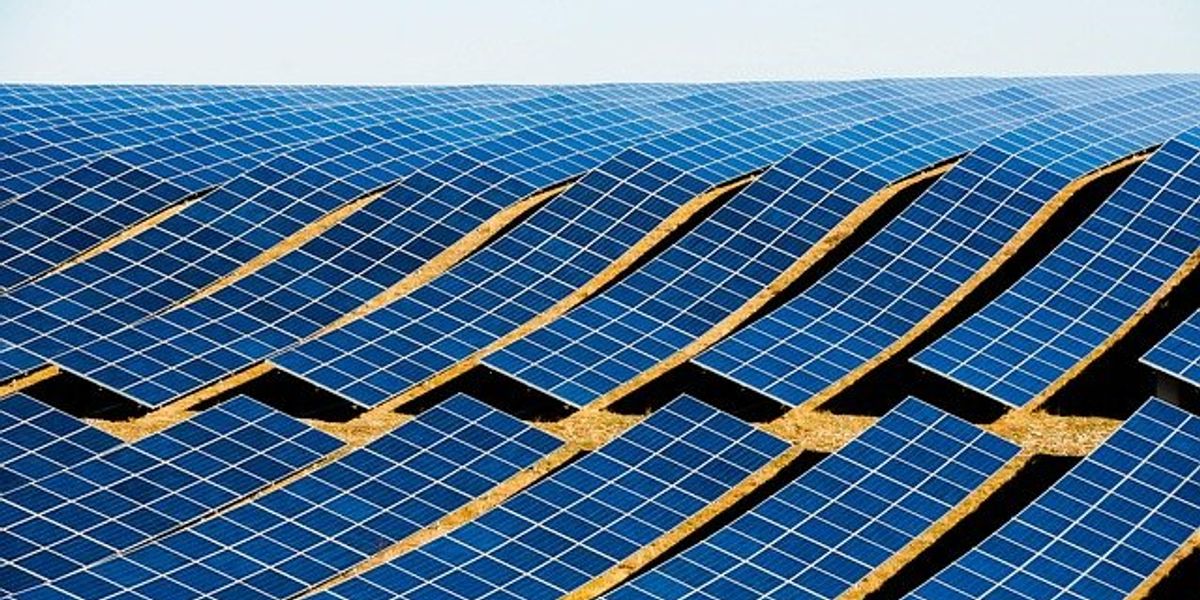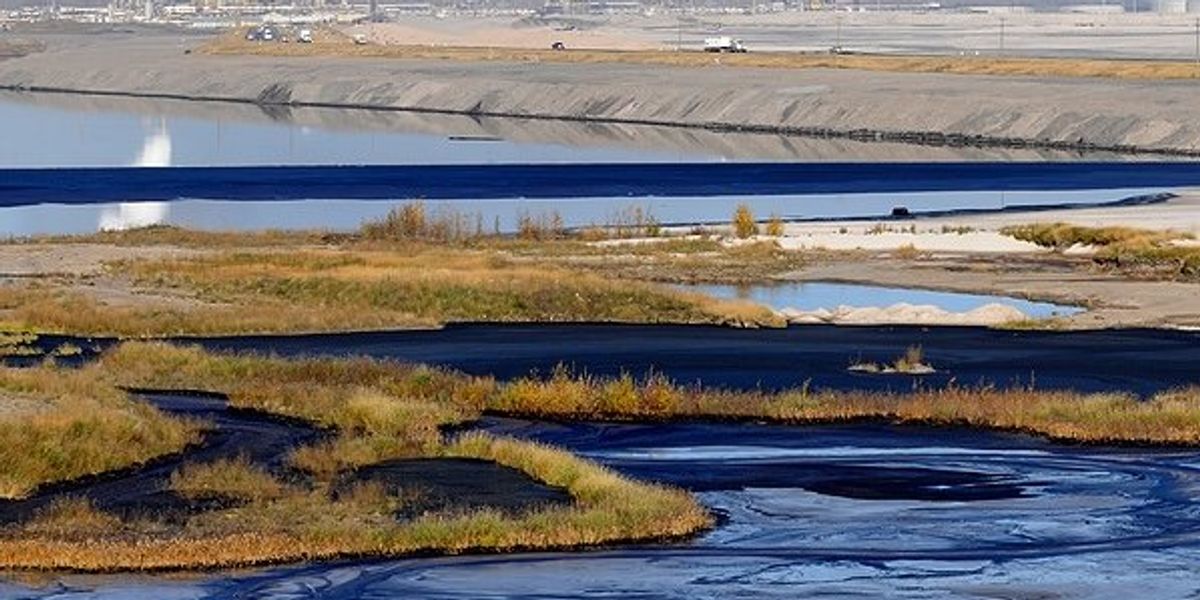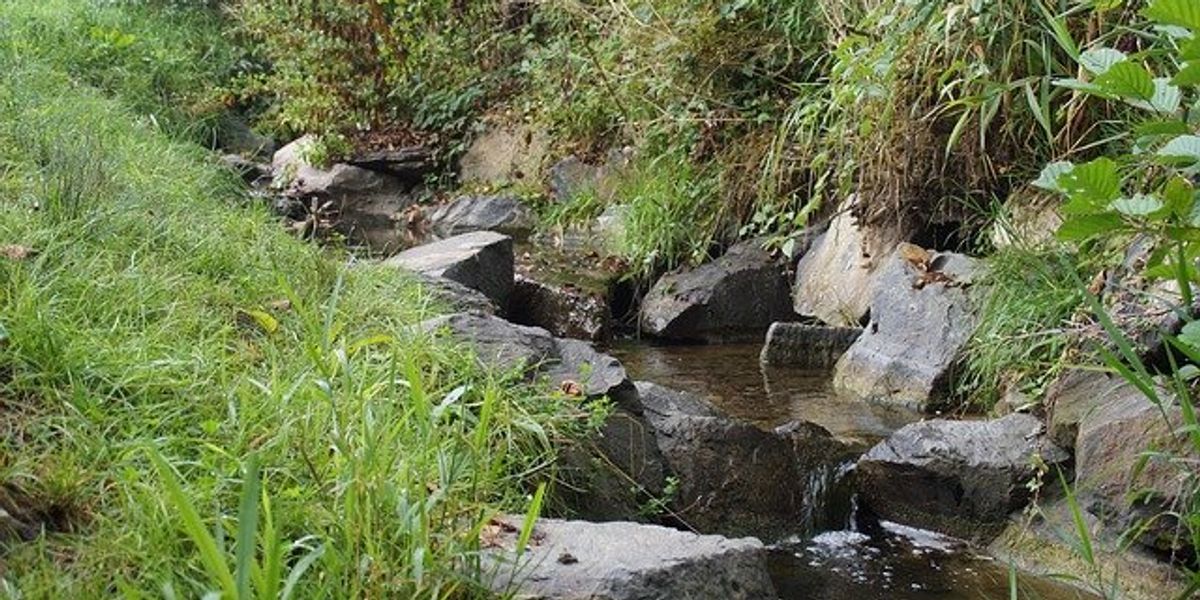
Oil companies fight back as states demand payment for climate damage
Fossil fuel firms are pressuring President Trump and suing states, researchers, and advocacy groups in a mounting campaign against new state laws that would make them pay for past climate-related damage.
Maxine Joselow and Anna Phillips report for The Washington Post.
In short:
- Vermont and New York passed climate Superfund laws to make oil companies pay for decades of emissions; at least seven other Democratic-led states are considering similar bills.
- The oil industry has responded with lawsuits, lobbying, and defamation claims, including a $667 million judgment against an environmental group and legal pressure on academics backing these laws.
- At a recent White House meeting, oil executives asked President Trump to help block these efforts, and the administration is exploring ways to intervene.
Key quote:
“The idea that the companies who bear responsibility are now scheming with the president in order to avoid being held accountable is sickening.”
— Paul Burns, executive director of the Vermont Public Interest Research Group
Why this matters:
As climate change drives more extreme weather and damages communities across the U.S., state lawmakers are pushing to shift some of the financial burden away from taxpayers and onto the fossil fuel companies that contributed to the crisis. These “climate Superfund” laws aim to hold major emitters accountable, much like the federal Superfund law once targeted polluters of hazardous waste sites. But the oil industry’s legal and political counteroffensive shows the high stakes and growing tensions over who pays for a warming planet. The outcome could shape how the country responds to climate-linked disasters and whether future regulations survive industry pushback.
Read more: New York’s climate Superfund law makes fossil fuel companies pay for damage













